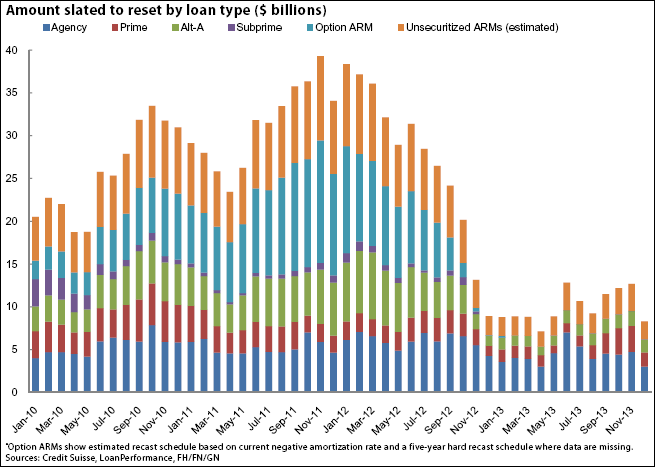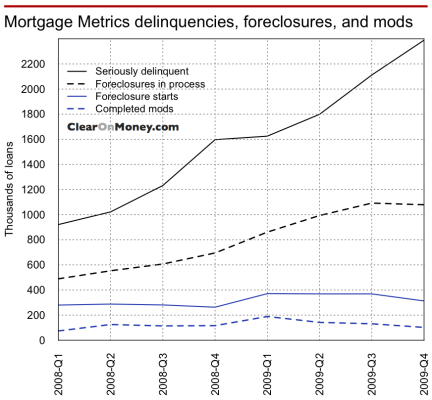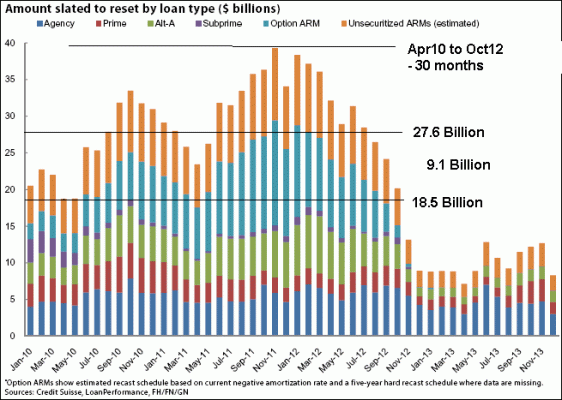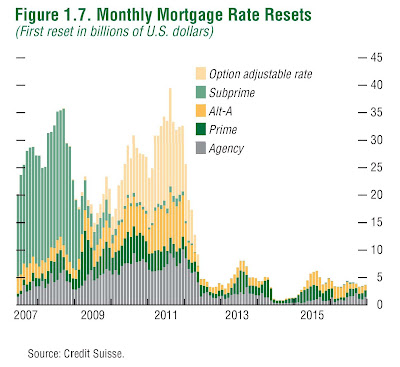haha
Give me a museum and I'll fill it. (Picasso) Give me a forum ...
Robert Shiller Interview Housing Prices
I like Shiller for may reasons, not least because he is careful about what he says and he tries to make his assumptions clear.
Ha
I like Shiller for may reasons, not least because he is careful about what he says and he tries to make his assumptions clear.
Ha




